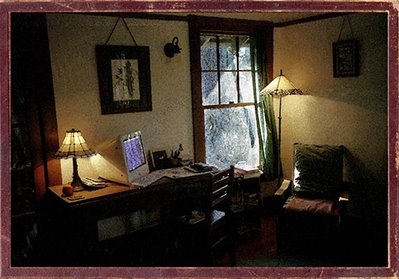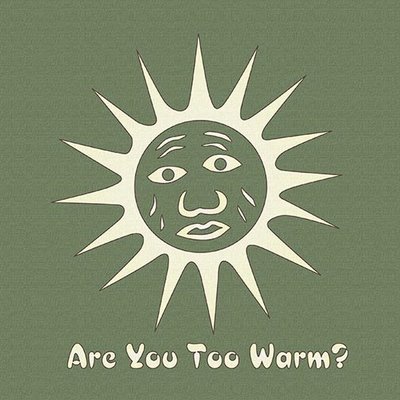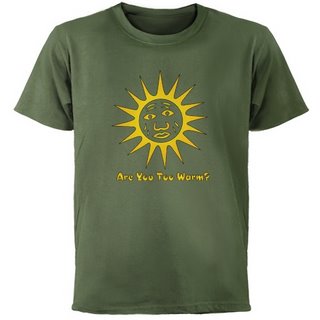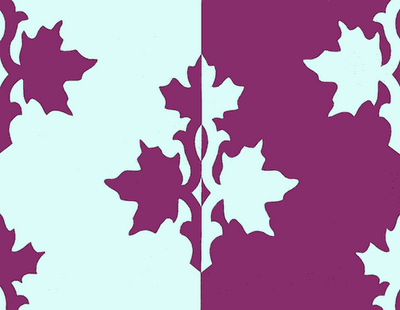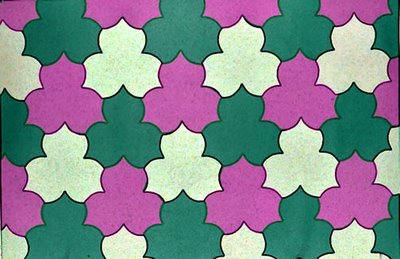 I just finished reading the best book about color mixing for artists, Blue & Yellow Don't Make Green by Michael Wilcox, and found his site, www.schoolofcolor.com and wrote him a letter.
I just finished reading the best book about color mixing for artists, Blue & Yellow Don't Make Green by Michael Wilcox, and found his site, www.schoolofcolor.com and wrote him a letter.
Jan 1, 2007
Dear Michael Wilcox,
When I was in high school, I remember asking the physics teacher what made a material colored, what was the interaction between light and matter that produced color. His answer was "That's a good question" which my father decoded for me as saying that he didn't know the answer.
Since Dad was a physical chemist, he provided part of the answer: the energy of a photon of a particular wavelength of visible light must be matched by the energy absorbed by an electron as it jumps to an available space in a higher orbital shell. That is what physically happens when light is absorbed by material. The chemistry of this is different for each substance, and thus the wavelegths of light that can be absorbed. If the lesser energy released as it falls back into its original orbital shell is in the visible range, that is fluorescence.
I have always been interested in color; I wish I had pursued that interest further long ago.
I just finished reading Blue & Yellow Don't Make Green, which I had heard of when I took a color theory course several years ago. That course expanded my universe. You have just given it another dimension. I was excited to see the books shown in the back on Colour in Gardening & Quilting, and disappointed to not find them available yet.
As a fabric dyer, color mixing is one of my major interests. I started dyeing because I wanted to make a complex color wheel, useful for color choices in quilts & wearable art, and the colors were not available in fabrics. The whole process of dyeing and figuring out color mixes became totally absorbing, and quilting got forgotten. Now I am trying to set up a color mixing system of dye primaries for Procion MX fiber reactive dyes, to put on the web.
It is disappointing that almost all the books about color for quilters and fiber artists use the same old grade-school color wheel. I was working in a bookstore when one of them, Christine Barnes, was writing her book, and I pointed out to her the books on color theory by Jim Ames & Jose Parramon, which at least use a different three colors from red yellow & blue. She said she'd stick with the color mixing she was taught in school, rather than present any alternate ideas. So does everyone else, apparently, but perhaps partly because they don't know any alternative exists.
The best of the quilters writing on color that I've found, Joen Wolfrom, uses the Ives color wheel, with yellow, turquoise (cyan), and fuschia (or magenta) as the dye primaries. I still wasn't happy with the bland colors I could mix with those primaries, which are similar to printers primaries.
So I went to other color-mixing primaries, and also mixed from mixed colors, to get the rich jewel tones I like. Fiber reactive dye chemistry is different than paints, and the pigments are not the same, but your system of thought makes sense of the rich colors I could mix without being able to explain. (red + green = purple?) (violet-red + teal-green)
I can mix much richer dye colors than the gamut a printer can reproduce with a CMYK system. Now I have an idea why. Thank you.
Mina Wagner
For future articles that I would like to see:
Color as used in batik, which can involve many layers of dye application, and in which color planning is particularly important, would be of great interest to me. I have spent years developing a dye palette, but don't have all the colors of the rainbow figured out. Also, many layers of dyes complicates understanding the results. It's why I took color theory originally.
Also, enamel glazes on silver or gold involve rich depths and layers of color. There I have some design ideas, but without the years of recipes. A guide to the behavior of specific colors in mixes would be welcome.
PS This isn't Michael Wilcox' color wheel, it's an RGB-CMY one I've been playing with.
Labels: color, letters
